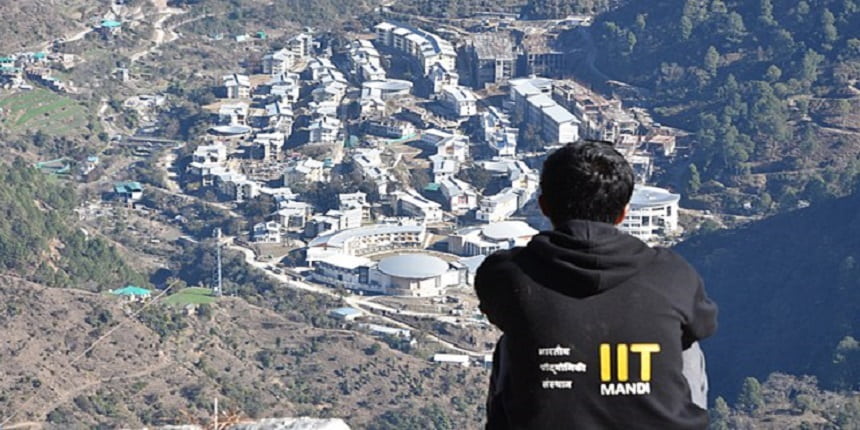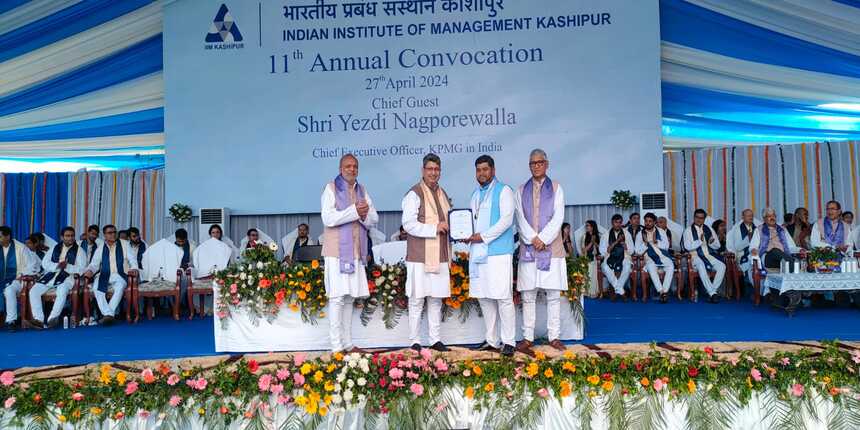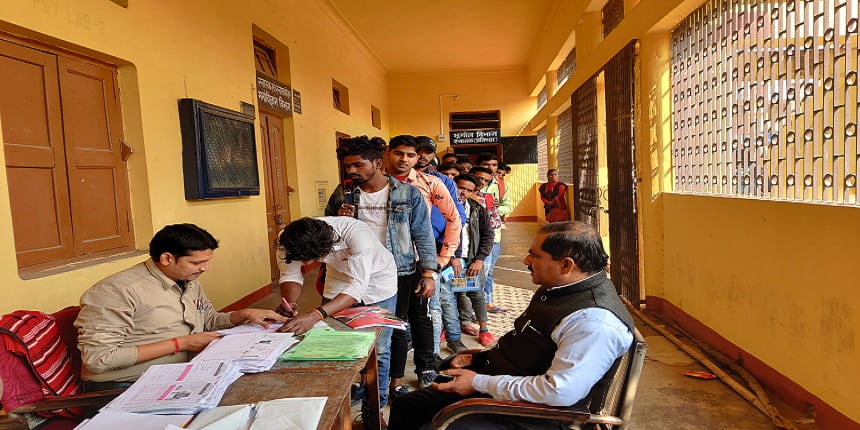IIT Jodhpur researchers develop prototype of hybrid vehicle that moves on land, air, water
The 3D-printed prototype, developed by IIT Jodhpur researchers was inspired by a species of bird called Anhingas that can move both on land and underwater.
 IIT Jodhpur researchers build a 3D-printed prototype of a hybrid unmanned aerial-underwater vehicle. (Image: IIT Jodhpur officials)
IIT Jodhpur researchers build a 3D-printed prototype of a hybrid unmanned aerial-underwater vehicle. (Image: IIT Jodhpur officials)Alivia Mukherjee | March 14, 2024 | 03:46 PM IST
NEW DELHI: Researchers at the Indian Institute of Technology Jodhpur have created a control system and design for a hybrid unmanned aerial-underwater vehicle. Hybrid vehicles that can function on land and in water are critical for duties such as mapping oil spills on beaches and rivers, as well as assessing underwater erosion and pollutant dispersion.
The research will help make these vehicles more competent and efficient, as well as more appropriate to their purposes such as lifeguard rescue attempts, underwater and aerial photography. The prototype was showcased at AIR '23: Proceedings of the 6th international conference on advances in robotics (AIR).
Inspired by Anhingas
The system was inspired by Anhingas, a bird species capable of moving both on land and underwater. The research team developed a 3D-printed prototype using various components and waterproofing. The prototype has been checked for in the air water surface, and underwater manoeuvring via remote control (RC) transmission.
Also read IIT Madras, VyVoxel International to launch AR, VR programming course; register by March 31
Jayant Kumar Mohanta, assistant professor, department of mechanical engineering, IIT, Jodhpur, said, “This prototype can sail like a ship on the surface, fly in the air and also navigate when it is submerged in the water. It has a flying time of 15 minutes and can stay underwater for 8 hours. Interest in this topic has been growing over the years but this technology at present is with very few countries like the USA and China. We wanted to develop our indigenous product.”
Six manoeuvres
The IIT Jodhpur team's proposed algorithm allows six manoeuvres for transition between water and air during unpredictable conditions. The six manoeuvres are mentioned below.
1. Dive from air to underwater.
2. Take off from underwater to air.
3. Land from air to water surface.
4. Dive from the water surface to underwater.
5. Surfacing from underwater.
6. Take off from the water surface.
To make the robot perform independently, the team conducted mathematical modelling and simulation exercises. To reduce complexity, the prototype assumes a quadrotor design, which is a helicopter with four rotors. The quadrotor's top layer moves in the air, while the bottom layer uses aqua propellers to move underwater.
The mathematical model of a system differs from its actual form. The researchers focused on developing a controller that would tackle uncertainty in the system's functions.
Follow us for the latest education news on colleges and universities, admission, courses, exams, research, education policies, study abroad and more..
To get in touch, write to us at news@careers360.com.




